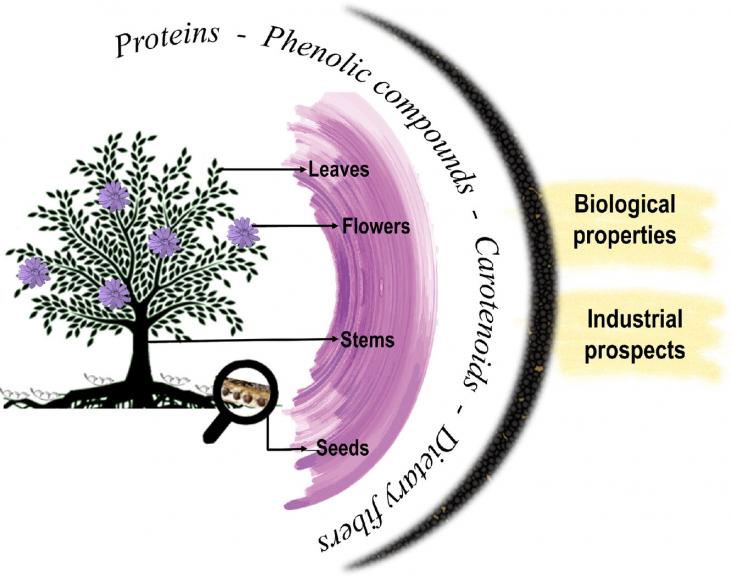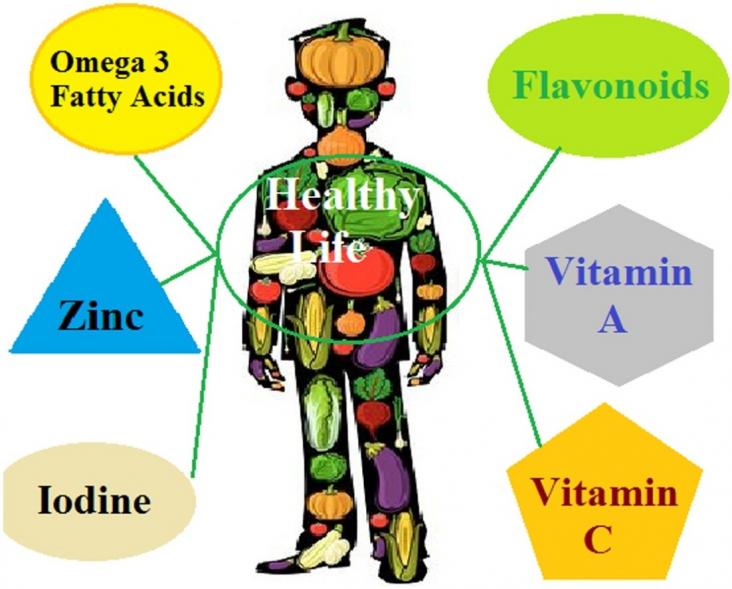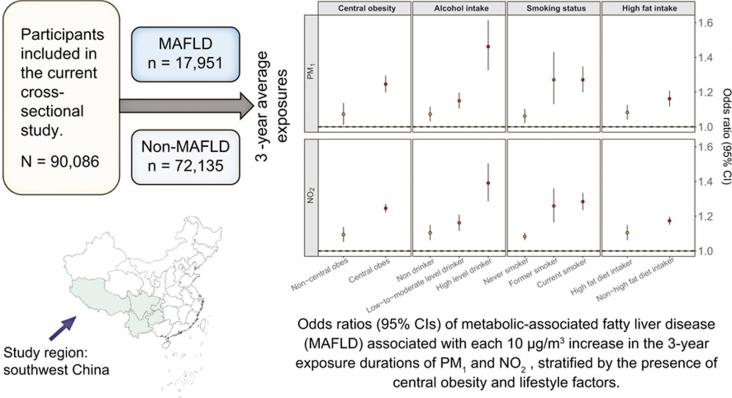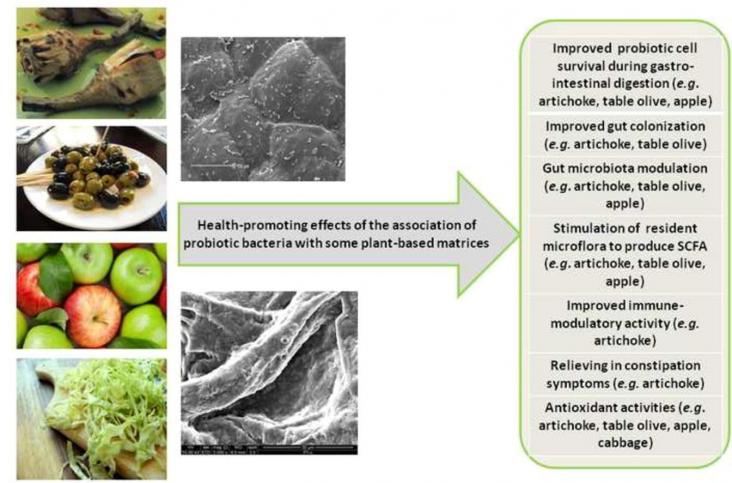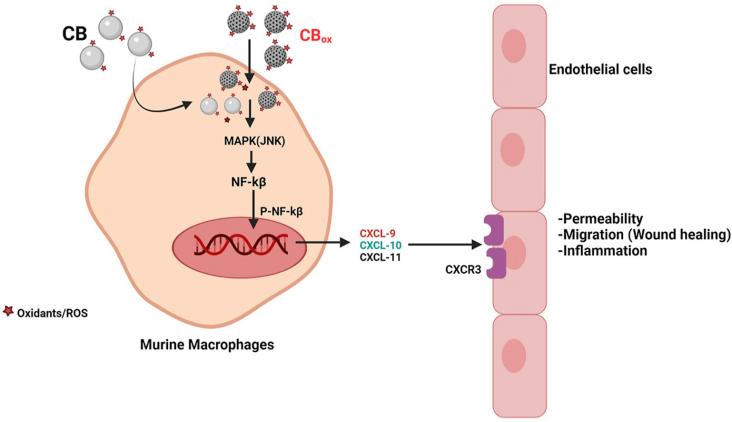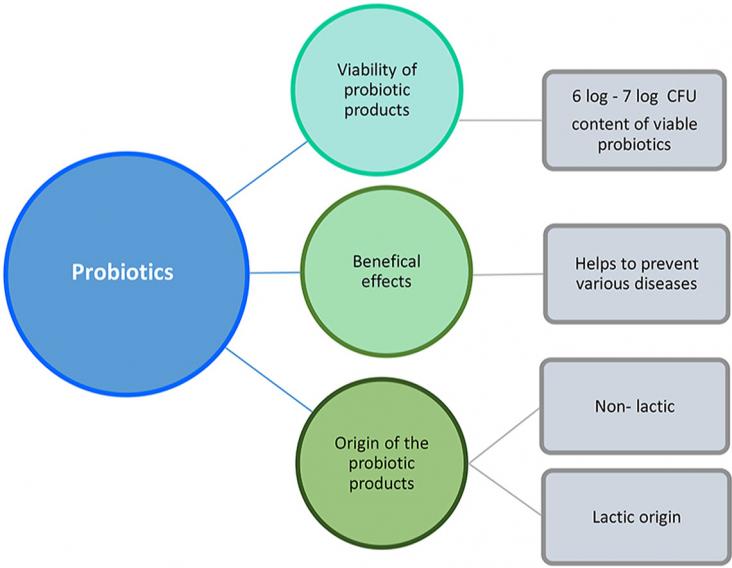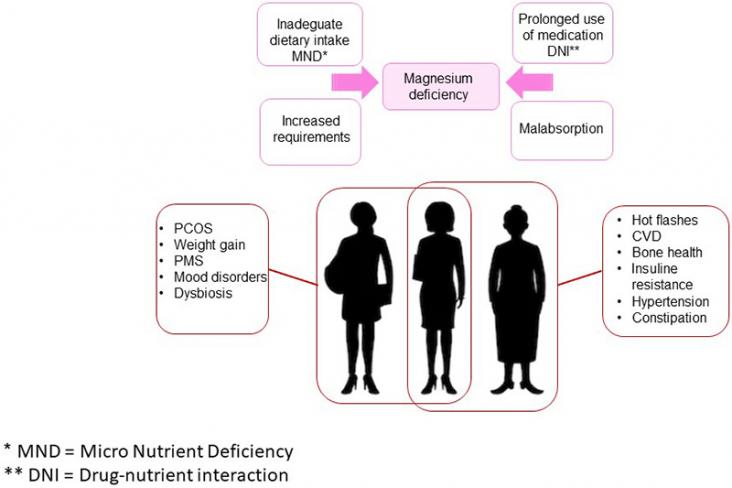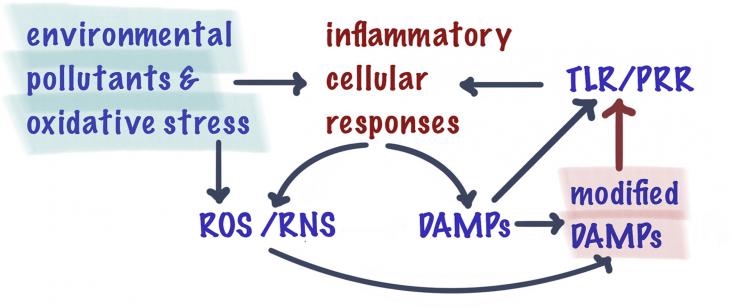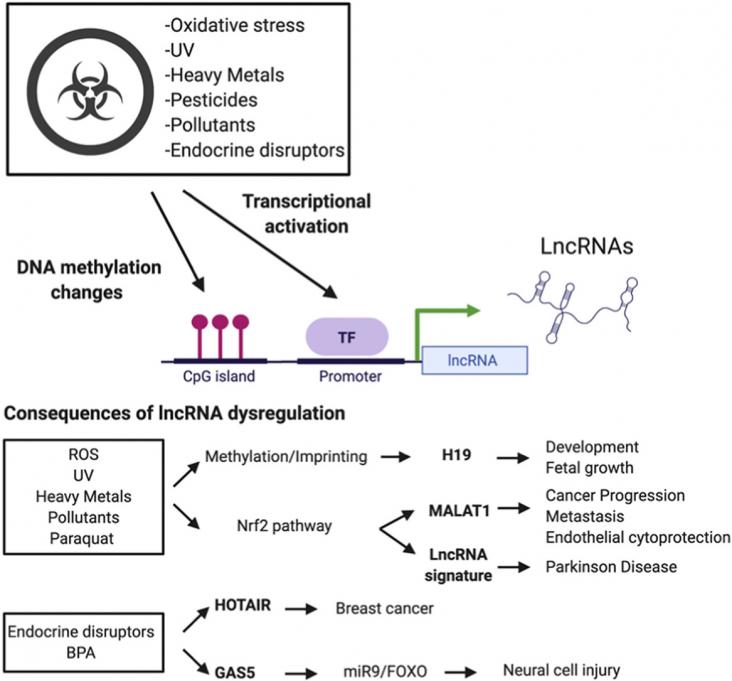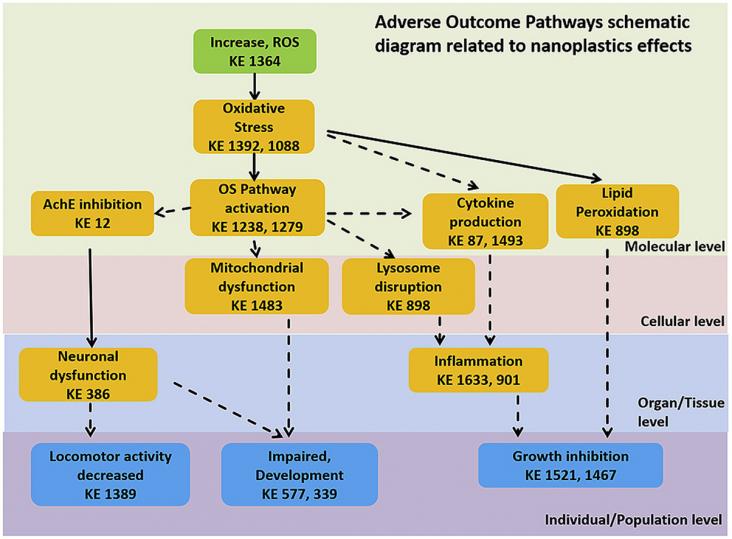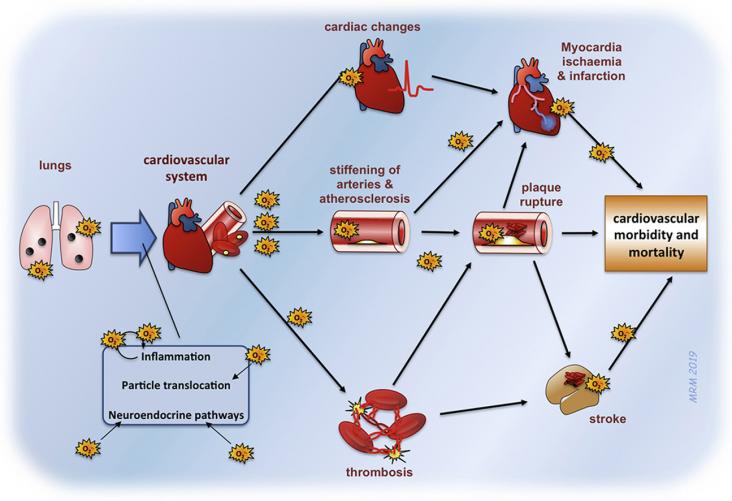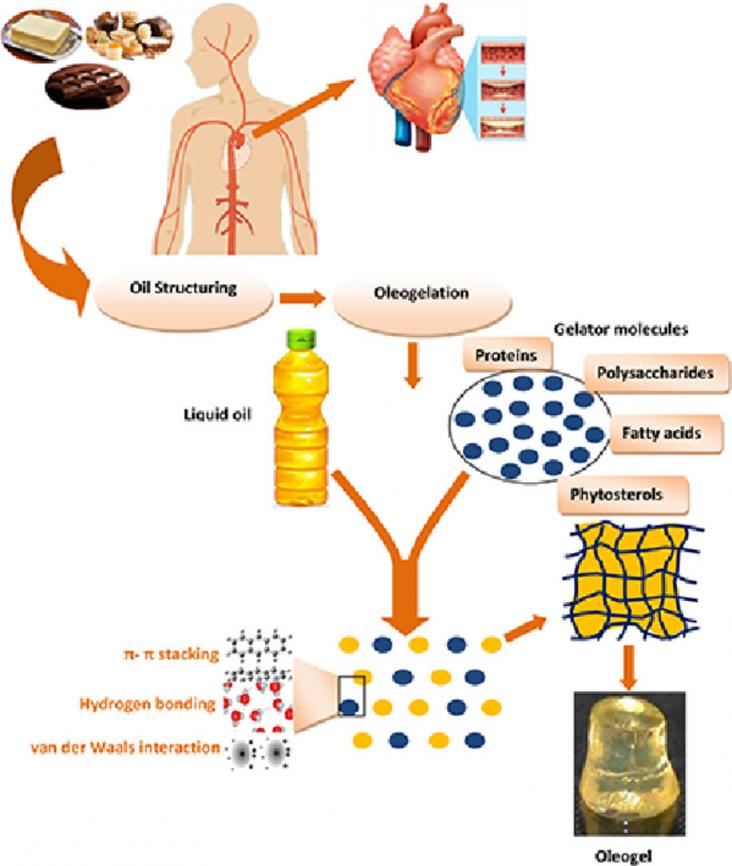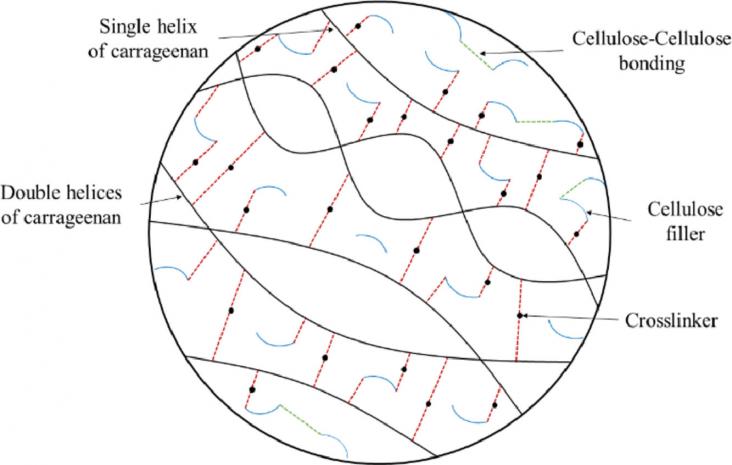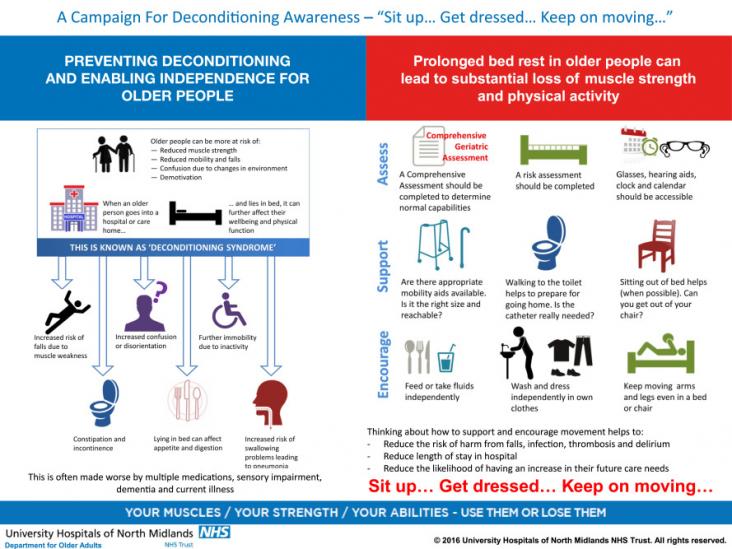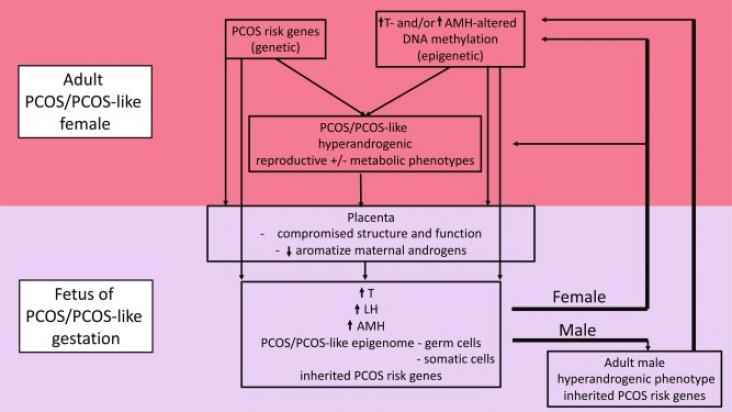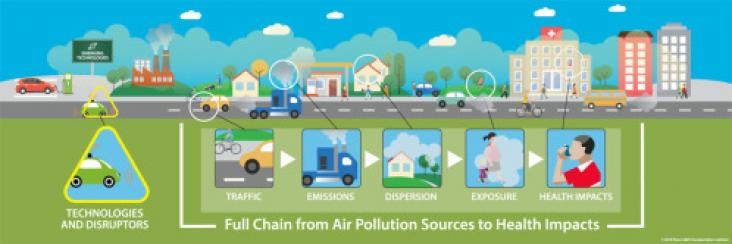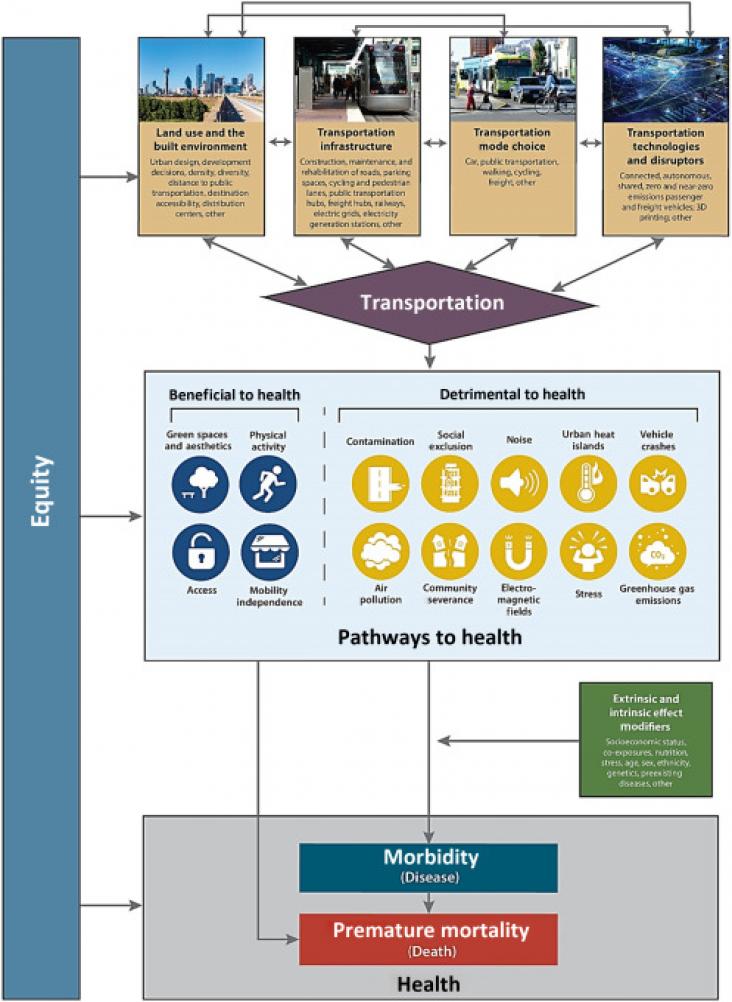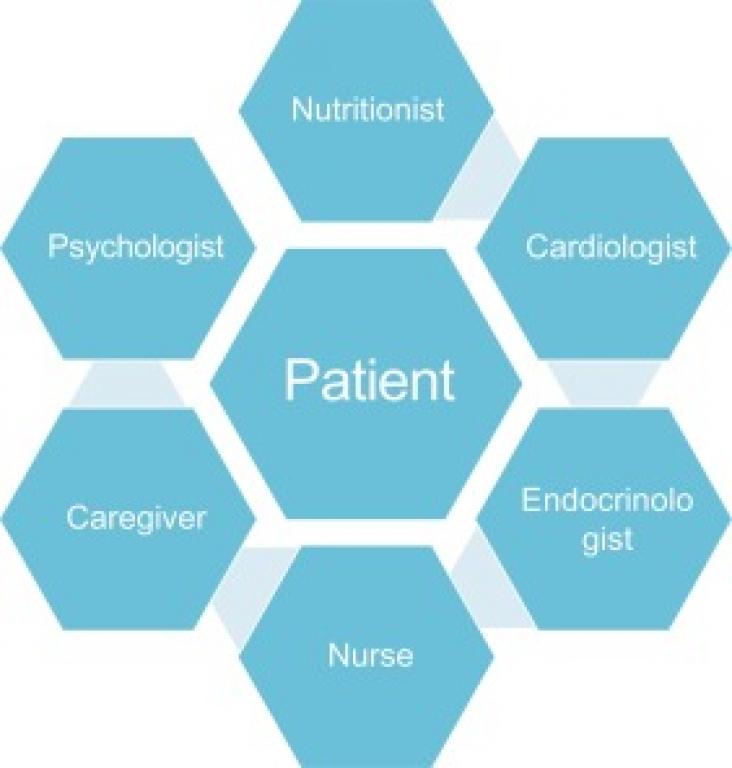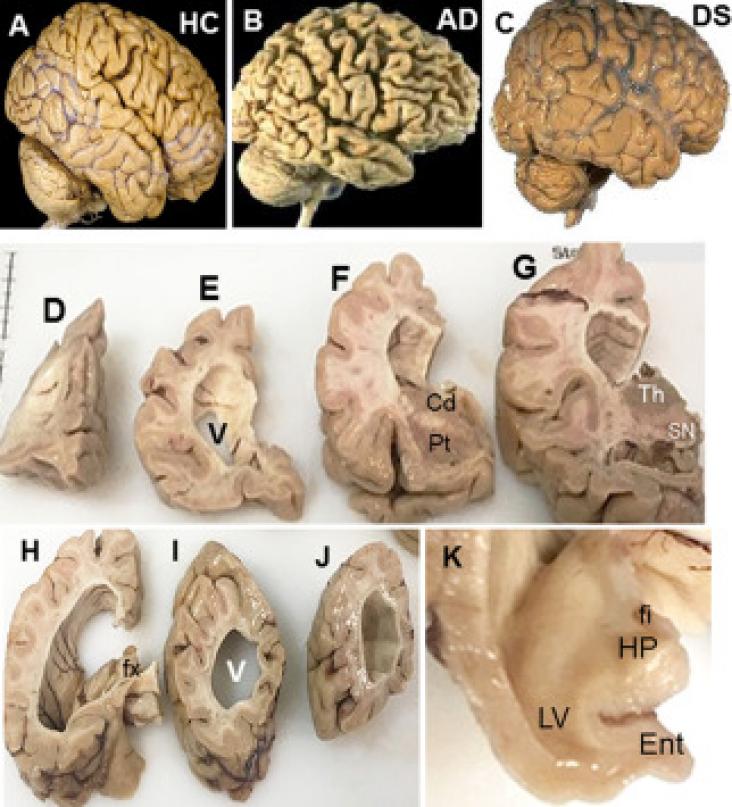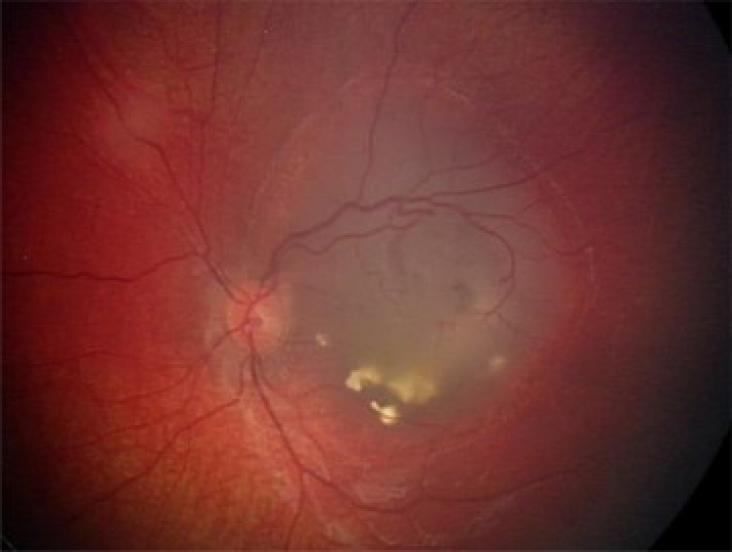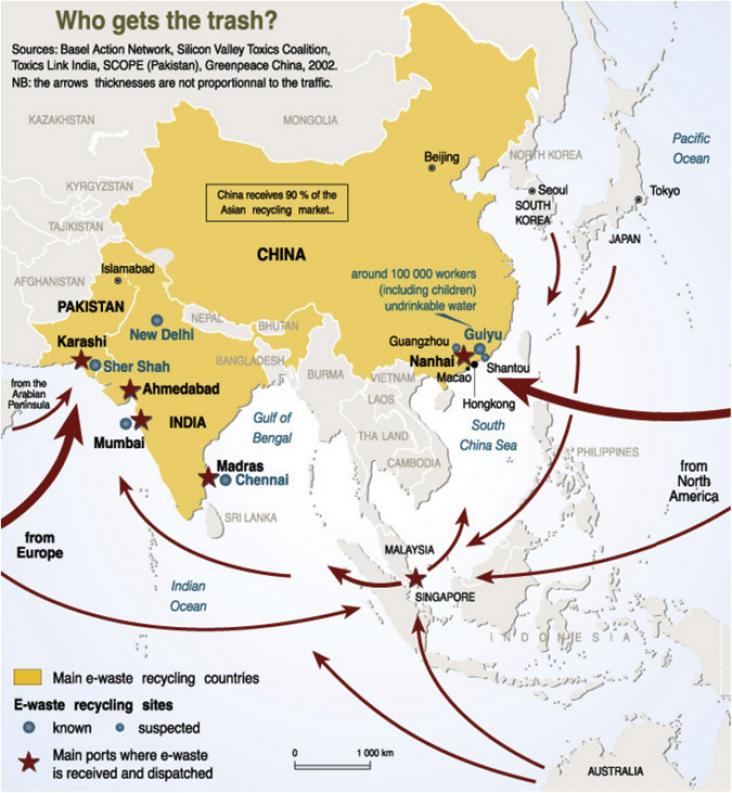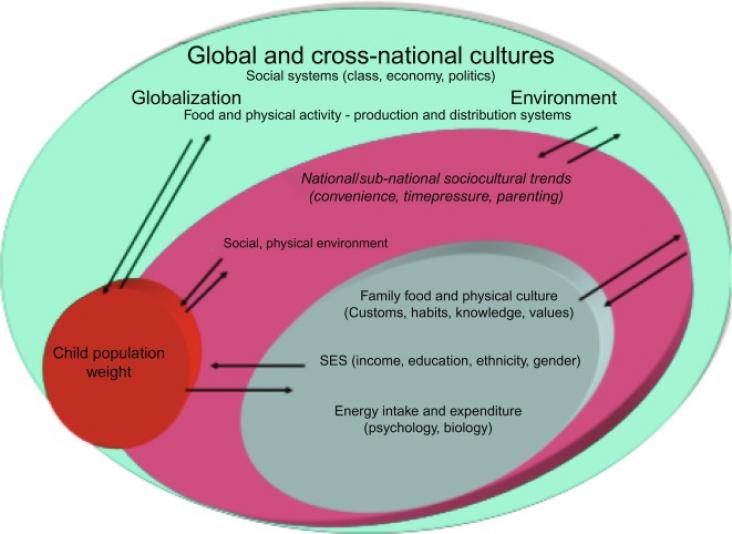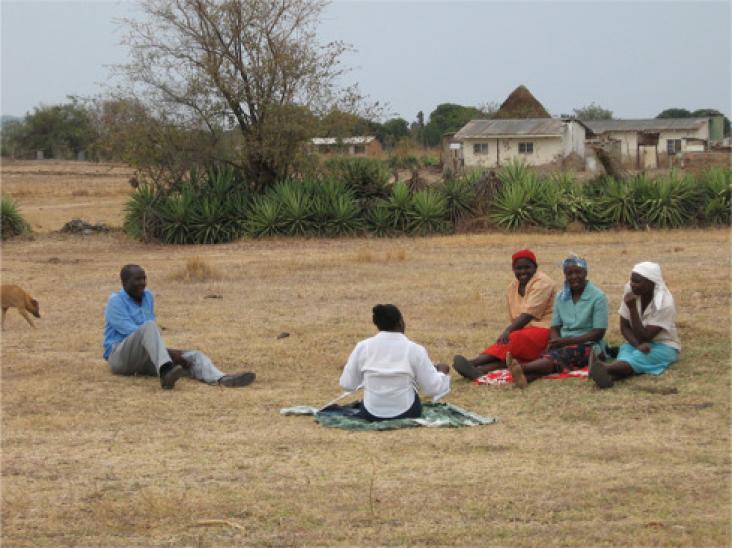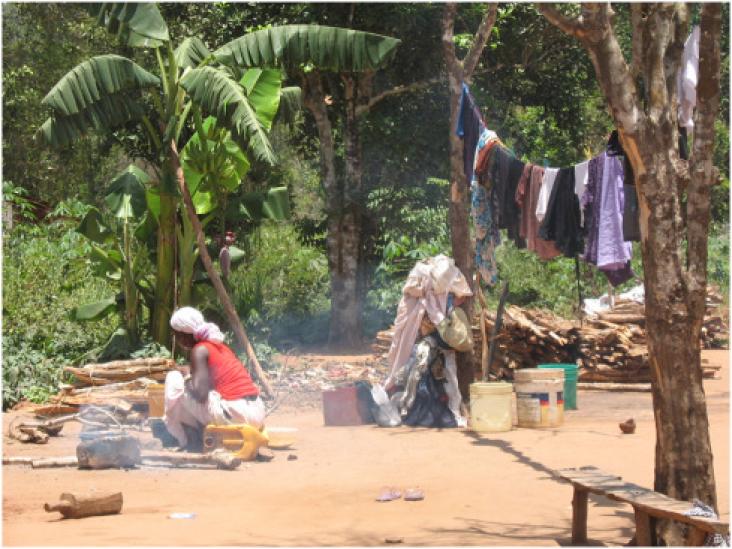
Our planet, our health
Are we able to reimagine a world where clean air, water and food are available to all?
Where economies are focused on health and well-being?
Where cities are liveable and people have control over their health and the health of the planet?
Future Foods, Volume 5, June 2022
Innovative food products containing new ingredients have been designed to meet nutritional needs and new consumption trends. In this way, different vegetable species, named unconventional food plants (UFPs), are being studied in the literature and are emerging as candidates to provide foods containing a better composition, providing greater healthiness. Furthermore, specific vegetable tissues discarded in post-harvest and/or industrial pre-processing operations can be considered UFPs adequate for human consumption.
The Lancet Public Health, Volume 7, March 2022
Disasters are an important public health issue; however, there is scarce evidence to date on what happens when communities and populations experience more than one disaster. This scoping review identifies literature on the effects of multiple disasters published until Aug 2, 2021, 1425 articles were identified, of which 150 articles were included. We analysed direct and indirect public health implications of multiple disasters.
LWT, Volume 154, 15 January 2022
Fruits and vegetables are responsible for about 22% of food losses and wastes along the supply chain (not including the retail level). However, fruit and vegetable by-products (FVB) may be transformed into fibre-rich flours and bioactive compounds, mainly bound to the fibre, thus bringing value to the food industry due to health benefits and technological functionality. Therefore, these by-products have great potential to be applied in several food industries.
LWT, Volume 154, 15 January 2022
Proteins serve as an imperative macronutrient in human nutrition and well-being. Their nutritional quality substantially varies with their digestibility, amino acid profile, bioavailability, processing and purity. From a nutritional viewpoint, the ideal integration of proteins from diverse plant sources can supply an adequate amount of essential amino acids to fulfil human health needs. The use of plant-derived proteins has recently gained momentum due to their multifaceted edible and nonedible applications and their biodegradable nature.
Journal of Functional Foods, Volume 87, December 2021
The performance of probiotic bacterial strains is influenced by the carrier food and its functional components which while buffering the probiotic through the gastro-intestinal tract, contribute to an efficient implantation of bacterial cells and regulate probiotic features. Particularly, plant-based matrices are eligible substrate for hosting and delivering microbial populations because of their richness in nutrients, fibers, vitamins, minerals and dietary bioactive phytochemicals.
Digital Signal Processing: A Review Journal, Volume 119, December 2021
The field of digital histopathology has seen incredible growth in recent years. Digital pathology is becoming a relevant tool in healthcare, industrial and research sectors to reduce the saturation of pathology departments and improve the productivity of pathologists by increasing diagnostic accuracy and reducing turnaround times. Artificial Intelligence (AI) algorithms may be used for the identification of relevant regions, extraction of features from a histological image and overall classification of images into specific classes.
LWT, Volume 151, November 2021
Foods with probiotics are in high demand by consumers given their associated health properties that make them the most popular functional foods. Probiotics have primarily been used in products of lactic acid origin. However, nondairy foods are increasingly being used as carriers of probiotics because the population exhibits high levels of lactose intolerance. In addition, modern lifestyles are increasingly distant from animal food consumption such as dairy products.
Women's Studies International Forum, Volume 87, 1 July 2021
The World Health Organization considers the provision of information about safe, legal abortion essential for good-quality abortion care, but the question remains about who is responsible for providing information to people whose needs are not met in their own countries. Using data from a mixed-method research conducted with women travelling from France, Germany, Italy, and Ireland to seek abortion care in the UK, the Netherland, and Spain, we map the trajectories through which people receive information about accessing abortion abroad.
Mitochondrion, Volume 51, March 2020
Free Radical Biology and Medicine, Volume 135, 1 May 2019
Traffic emission is responsible for most small-sized particulate matter (PM) air pollution in urban areas. Several recent studies have indicated that traffic-related PM may aggravate kidney disease. Furthermore, exposure to particulate air pollution may be related to the risk of chronic kidney disease (CKD). However, the underlying molecular mechanisms have not been adequately addressed. In the present study, we studied the mechanisms of renal damage that might be associated with exposure to PM.
The Lancet Regional Health - Americas, Volume 2, 2021, 100042
The Lancet Regional Health - Americas, Volume 6, 2022, 100101
The Lancet Regional Health - Americas, Volume 10, 2022, 100222
The Lancet Regional Health - Americas, Volume 4, 2021, 100034
Encyclopedia of Mycology, Volume 1, 2021, Pages 64-93
Health Reform Policy to Practice, Oregon's Path to a Sustainable Health System: A Study in Innovation, 2017, Pages 313-332
Emerging and Reemerging Viral Pathogens, Volume 1: Fundamental and Basic Virology Aspects of Human, Animal and Plant Pathogens, 2020, Pages 53-68
Women and Health (Second Edition), 2013, Pages 1515-1526
The Developing Microbiome, Lessons from Early Life, 2020, Pages 157-181
Diabetes Without Needles, Non-invasive Diagnostics and Health Management, 2022, Pages 27-92
Innovation in Health Informatics: A Smart Healthcare Primer, Next Gen Tech Driven Personalized Med&Smart Healthcare, 2020, Pages 3-38
Encyclopedia of Mycology, Volume 1, 2021, Pages 792-802
Polycystic Ovary Syndrome, Challenging Issues in the Modern Era of Individualized Medicine, 2022, Pages 23-38
Traffic-Related Air Pollution 2020, Pages 1-21
The Neurobiology of Aging and Alzheimer Disease in Down Syndrome, 2022, Pages 251-272
Diabetic Neuropathy, 2022, Pages 1-9
Advances in Transportation and Health, Tools, Technologies, Policies, and Developments, 2020, Pages 3-32
Fertility, Pregnancy, and Wellness, 2022, Pages 1-19
Fundamentals of Telemedicine and Telehealth, 2020, Pages 115-126
Encyclopedia of Virology (Fourth Edition), Volume 2, 2021, Pages 232-244
Encyclopedia of Environmental Health (Second Edition), 2019, Pages 653-660
Bone Sarcomas and Bone Metastases - From Bench to Bedside (Third Edition), Bone Sarcomas and Bone Metastases - from Bench to Bedside, 2022, Pages 17-23
Microneedles, 2022, Pages 115-138
Artificial Intelligence and Big Data Analytics for Smart Healthcare, Next Gen Tech Driven Personalized Med&Smart Healthcare, 2021, Pages 1-9
Surveying the Covid-19 Pandemic and its Implications, Urban Health, Data Technology and Political Economy, 2020, Pages 129-139
Neglected Tropical Diseases and Other Infectious Diseases Affecting the Heart, 2022, Pages 61-71
The Neurobiology of Aging and Alzheimer Disease in Down Syndrome, 2022, Pages 11-4
Air Pollution, Climate, and Health, An Integrated Perspective on Their Interactions, 2021, Pages 3-12
An Introduction to Interdisciplinary Toxicology, From Molecules to Man, 2020, Pages 353-361
Human Sexuality, Function, Dysfunction, Paraphilias, and Relationships, 2021, Pages 63-105
Epigenetics of Stress and Stress Disorders, Volume 31 in Translational Epigenetics, 2022, Pages 137-162
An Introduction to Interdisciplinary Toxicology, From Molecules to Man, 2020, Pages 341-352
Introductory Immunology (Second Edition), Basic Concepts for Interdisciplinary Applications, 2019, Pages 123-131
Clinical Ophthalmic Genetics and Genomics, 2022, Pages 457-463Gallie
Electronic Waste, Toxicology and Public Health Issues, 2017, Pages 1-15
Encyclopedia of Virology (Fourth Edition), Volume 1, 2021, Pages 552-558
Prenatal Genetic Counseling, Practical support for prenatal diagnostics, decision-making, and dealing with uncertainty, 2022, Pages 83-103
Electronic Waste, Toxicology and Public Health Issues, 2017, Pages 55-61
Inoculating Cities, Case Studies of Urban Pandemic Preparedness, 2021, Pages 171-199
Global Perspectives on Childhood Obesity (Second Edition), Current Status, Consequences and Prevention, 2019, Pages 105-116
Global Perspectives on Childhood Obesity (Second Edition), Current Status, Consequences and Prevention, 2019, Pages 351-361
Barefoot Global Health Diplomacy, Field Experiences in International Relations, Security, and Epidemics, 2021, Pages 27-49
Barefoot Global Health Diplomacy, Field Experiences in International Relations, Security, and Epidemics, 2021, Pages 51-73
Women and Health (Second Edition), 2013, Pages 671-683
JACC: Basic to Translational Science
Teenagers, Sexual Health Information and the Digital Age, 2020, Pages 5-23
Teenagers, Sexual Health Information and the Digital Age, 2020, Pages 123-133
Inoculating Cities, Case Studies of Urban Pandemic Preparedness, 2021, Pages 227-233
